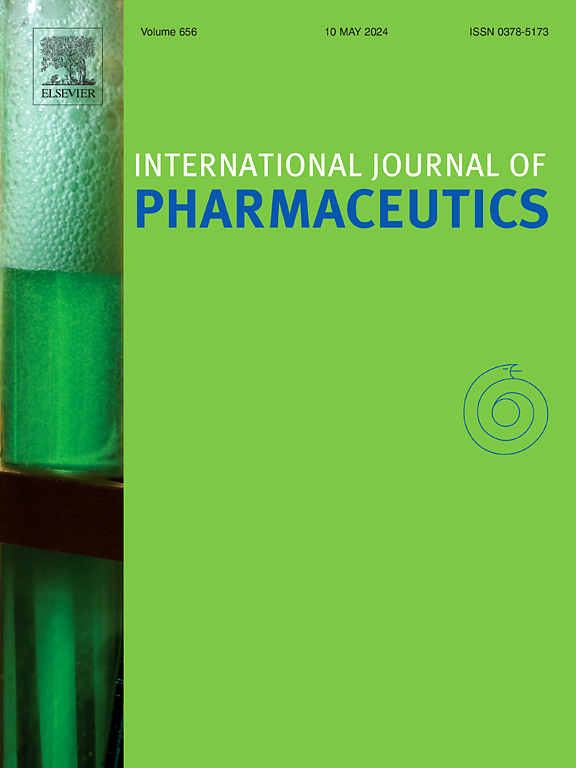BMSCs laden gelatin methacrylate (GelMA) hydrogel integrating silk fibroin/hydroxyapatite scaffold with multi-layered-oriented pores for enhanced bone regeneration
IF 5.3
2区 医学
Q1 PHARMACOLOGY & PHARMACY
引用次数: 0
Abstract
Due to the limited regenerative ability of bone tissue, bone injury repair has always been a complicated problem in clinical treatment. Bone tissue engineering based on cell delivery is an effective method to repair bone defects, but it also puts forward strict requirements on the scaffold used in the repair process and the survival rate of cell inoculation. To address this challenge, we constructed a bone mesenchymal stem cells (BMSCs) laden gelatin methacrylate (GelMA) hydrogel to integrate in silk fibroin (SF) /nano-hydroxyapatite (nHAp) scaffold, building a dual architecture to achieve enhanced angiogenesis and bone regeneration. The GelMA hydrogel prepared by visible photo-crosslinking showed good cell loading capacity, and the multi-layered-oriented pores of the scaffold provided a suitable microenvironment for cell proliferation and nutrient exchange. We further explored the effects of this “dual-system” complex on BMSCs and in a critical-sized rat cranial defect model. The results showed that BMSCs@GelMA-SF/nHAp composite scaffold with directional pore structure was more conducive to the repair of skull defects in rats due to the faster rate of vascularization and osteogenesis, indicating the developed gel-scaffold complex would be a promising therapeutic strategy for the repair of bone defects regeneration.

求助全文
约1分钟内获得全文
求助全文
来源期刊
CiteScore
10.70
自引率
8.60%
发文量
951
审稿时长
72 days
期刊介绍:
The International Journal of Pharmaceutics is the third most cited journal in the "Pharmacy & Pharmacology" category out of 366 journals, being the true home for pharmaceutical scientists concerned with the physical, chemical and biological properties of devices and delivery systems for drugs, vaccines and biologicals, including their design, manufacture and evaluation. This includes evaluation of the properties of drugs, excipients such as surfactants and polymers and novel materials. The journal has special sections on pharmaceutical nanotechnology and personalized medicines, and publishes research papers, reviews, commentaries and letters to the editor as well as special issues.

 求助内容:
求助内容: 应助结果提醒方式:
应助结果提醒方式:


